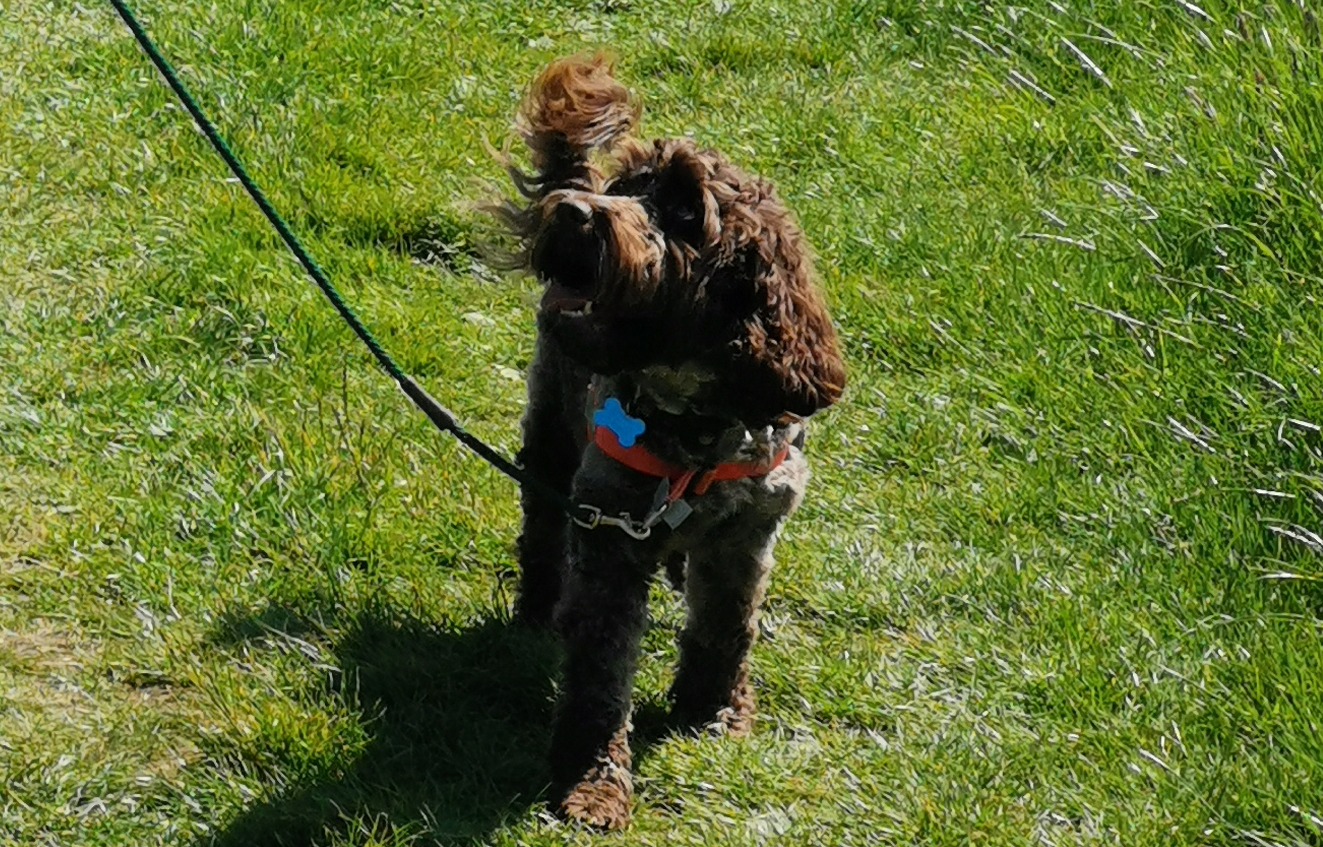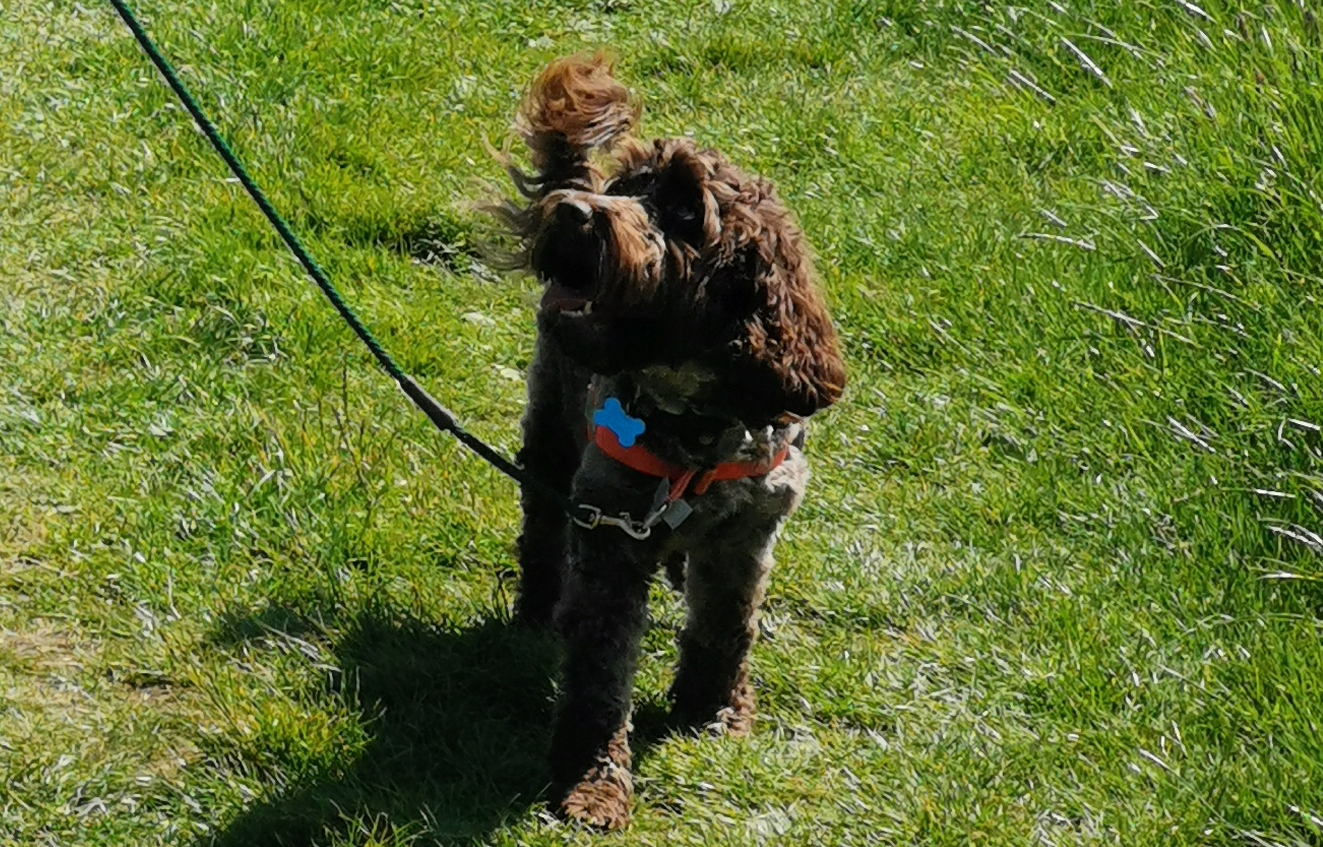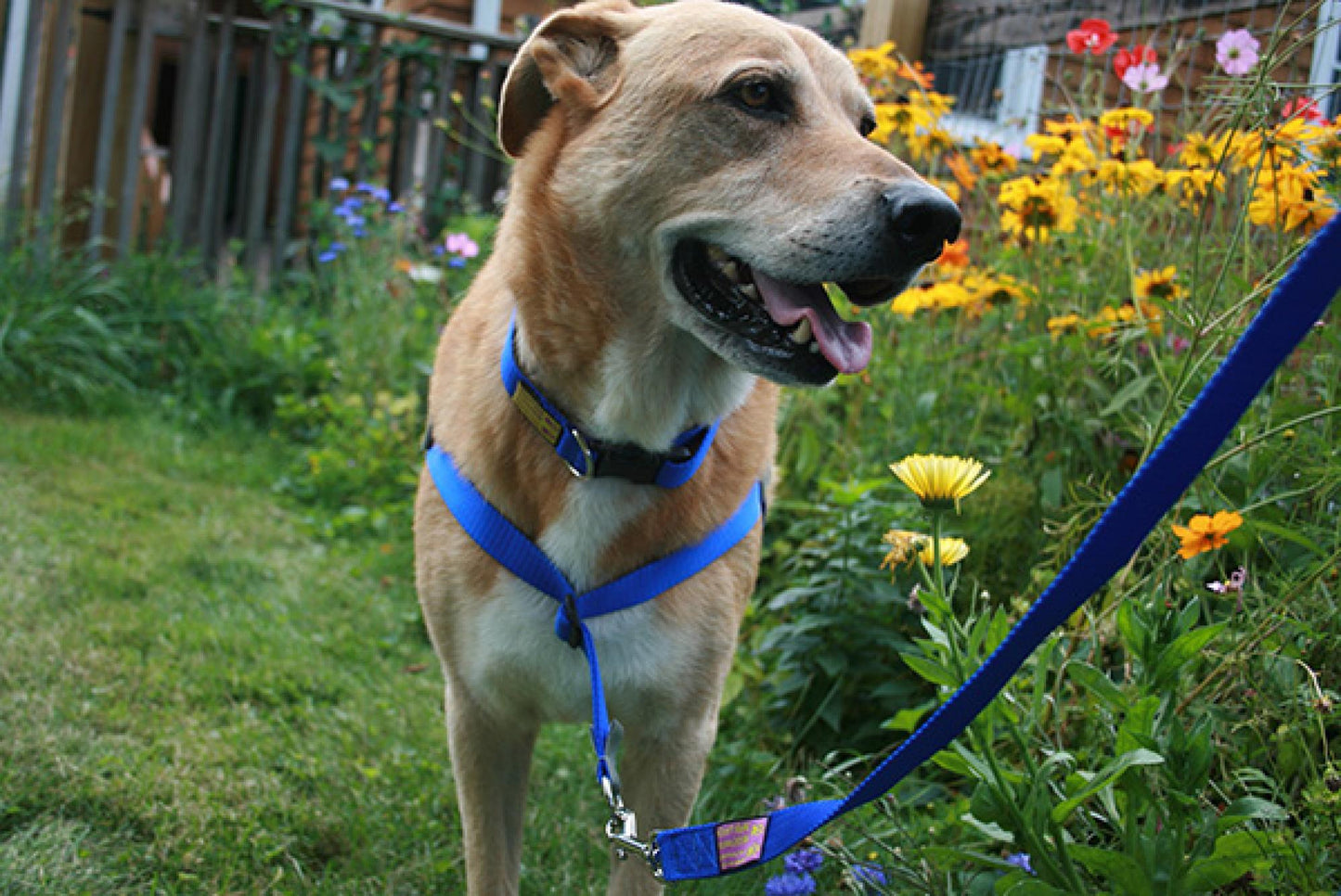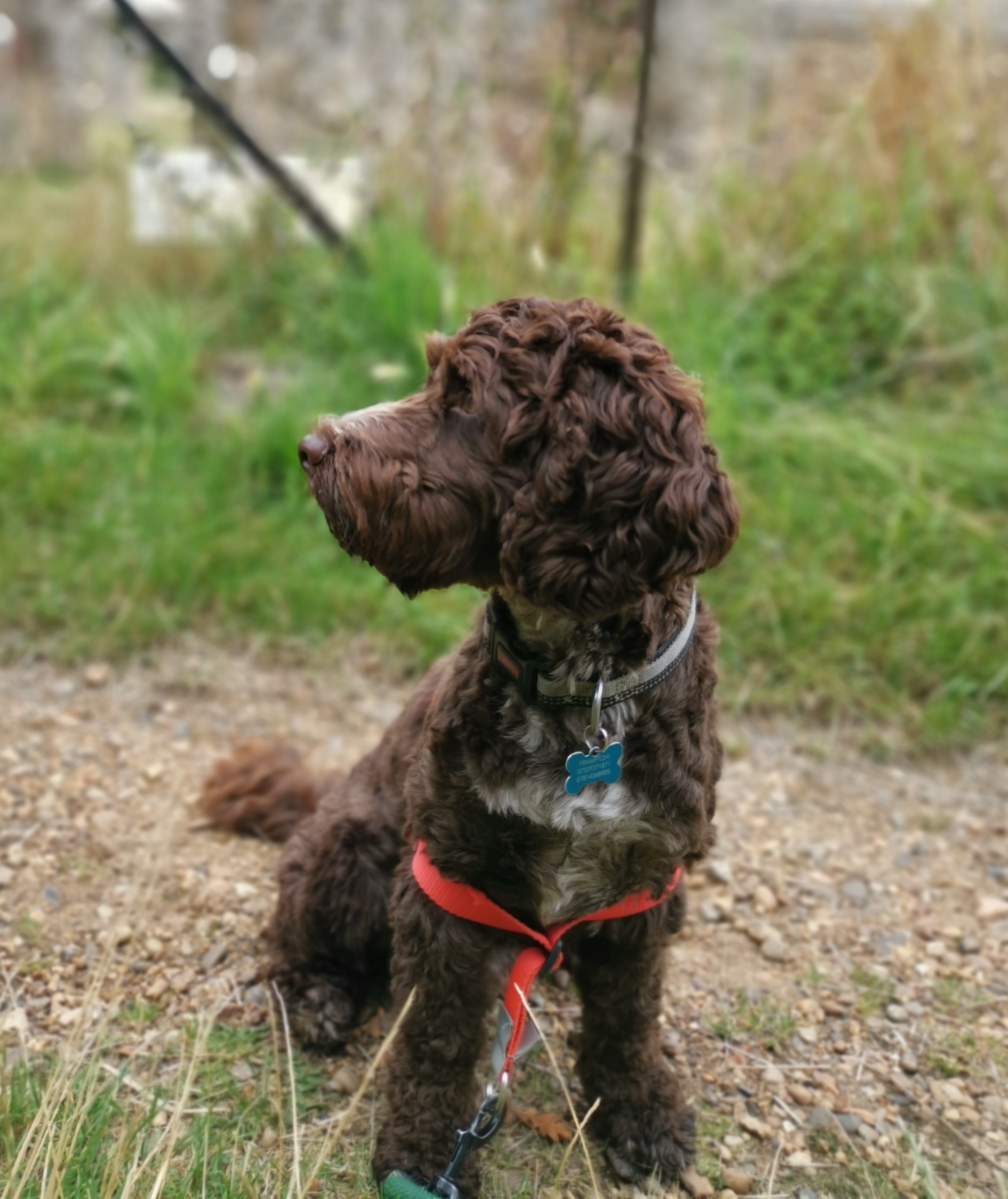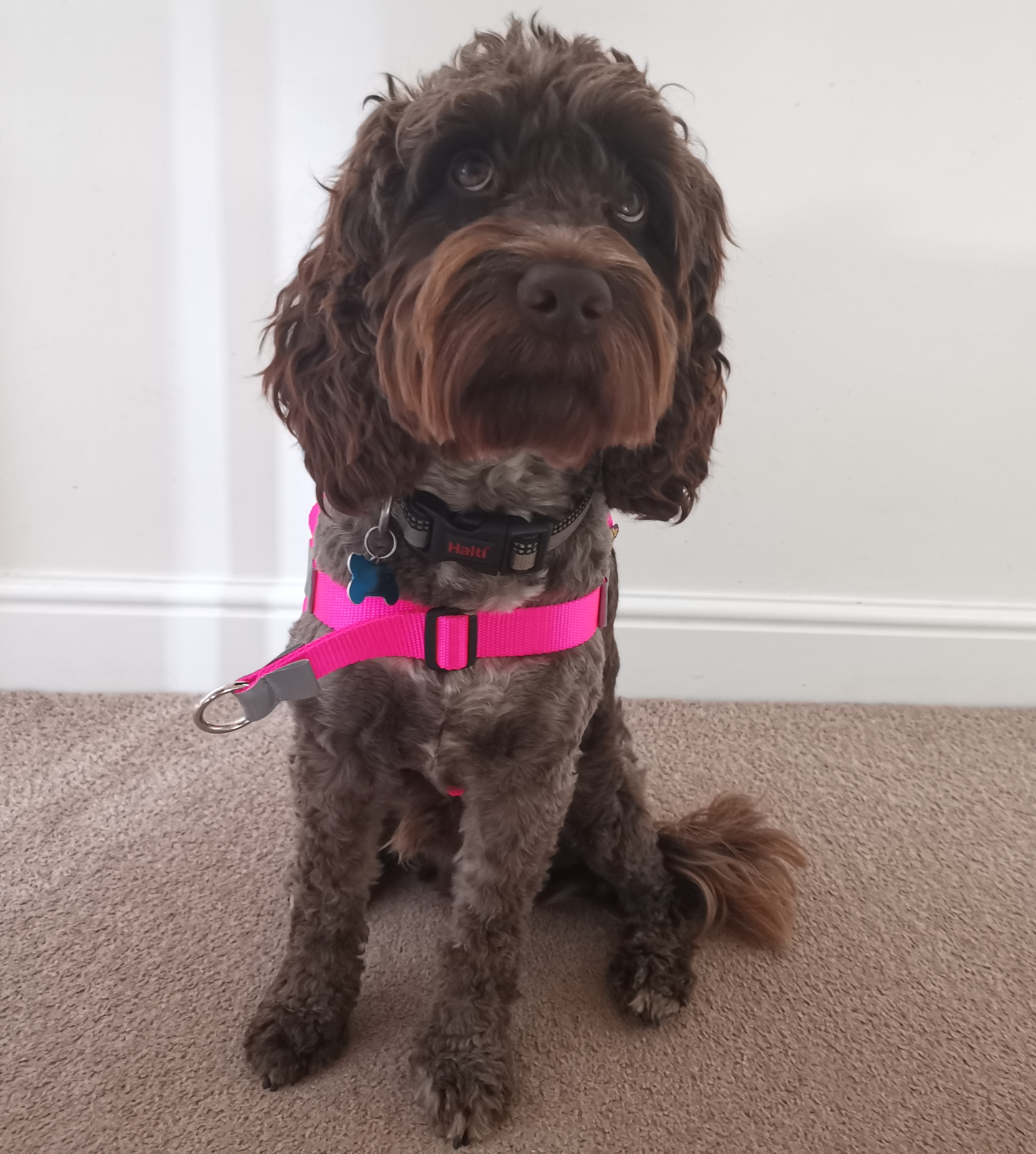We believe that before you begin training your dog or puppy, you should first learn the three fundamentals of dog training:
Positive
Easy
Fun
Dog training should be enjoyable for both you and your dog. You must become more exciting and interesting in order for your dog to believe you are the most exciting and interesting person in the world.
Consider yourself a dog out for a walk; there are new smells to investigate, a squirrel to chase, a dead bird to eat, another dog to greet...why would I want to return to you if you're going to chastise me for eating a dead bird, put me on a leash, and generally prevent me from having fun?
Another way to look at it is, how could you persuade a teenager to leave their Xbox and clean their room...? Good luck!
Positive
There is a growing body of scientific evidence indicating that dogs respond best to positive reinforcement, which includes praising and/or rewarding the dog. Negative reinforcement is less effective and has the same effect as simply ignoring your dog.
As a result, if your dog is good, praise him, treat him, and reinforce the desired behaviour. If your dog is not behaving well, simply ignore them or remove them from the situation as soon as possible.
For example, if your dog is showing calm behaviour when you're eating your dinner, drop or place some treats on the floor near your dog and say "good calm". This is reinforcing calm behaviour while you eat dinner; a good thing. However, if your dog is pestering you for your dinner, jumping up and not behaving how you would like them to, you need to get them to sit or lie down and reward that behaviour instead. If they have developed the habit of jumping up at dinner, it will take days/weeks to break that habit and you'll have to build up the behaviour you want slowly and perhaps have another family member treating while you eat your dinner in peace!
If your dog is doing something you don't want them to do, you have to decide what you would like them to do instead and it's your job to train them into that habit. Simply shouting "No" doesn't help your dog to behave any better and unfortunately can damage the positive bond you are trying to build with them.
Easy
Set yourself and your dog up for success. Take baby steps and quit while you're ahead. Think about the end behaviour you would like and break it into small easy steps that your dog can understand.
In the preceding example, you will not be able to tell your dog to lie down and stay for the duration of your dinner if they have never done so before. You also have various options to consider. For example, you could train them to go to their bed (or crate) on command and reward them with lots of mini-treats so they look forward to it. You can teach them the stay command separately and gradually increase it from seconds to minutes. You could combine these at dinner time and say "bed" and then "stay" and treat them after 30 seconds / 1 minute / 2 minutes /... and build it up like that. Alternatively, simply fill up two kongs and/or a lickimat and send them to their bed (or crate) during dinner while they eat theirs.


